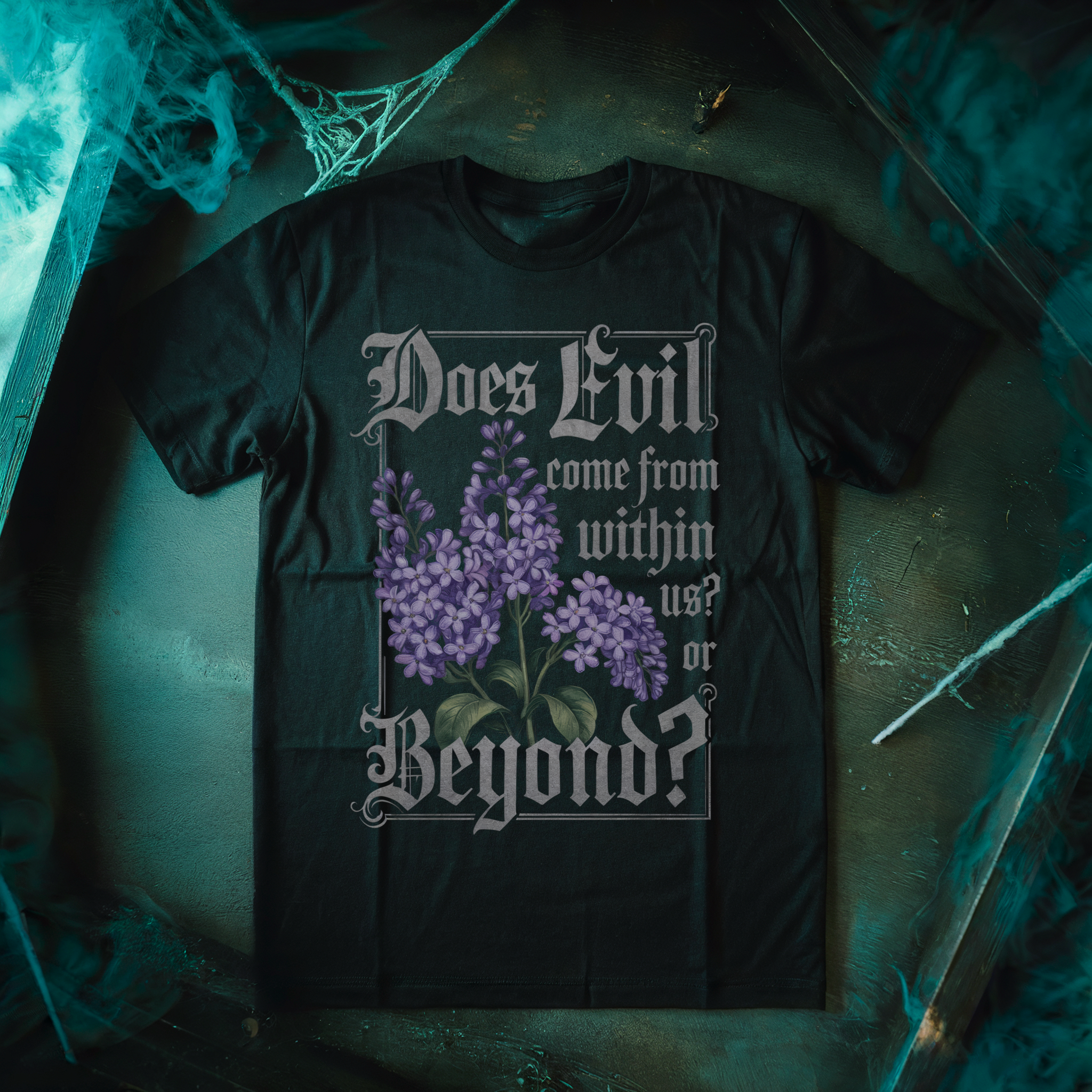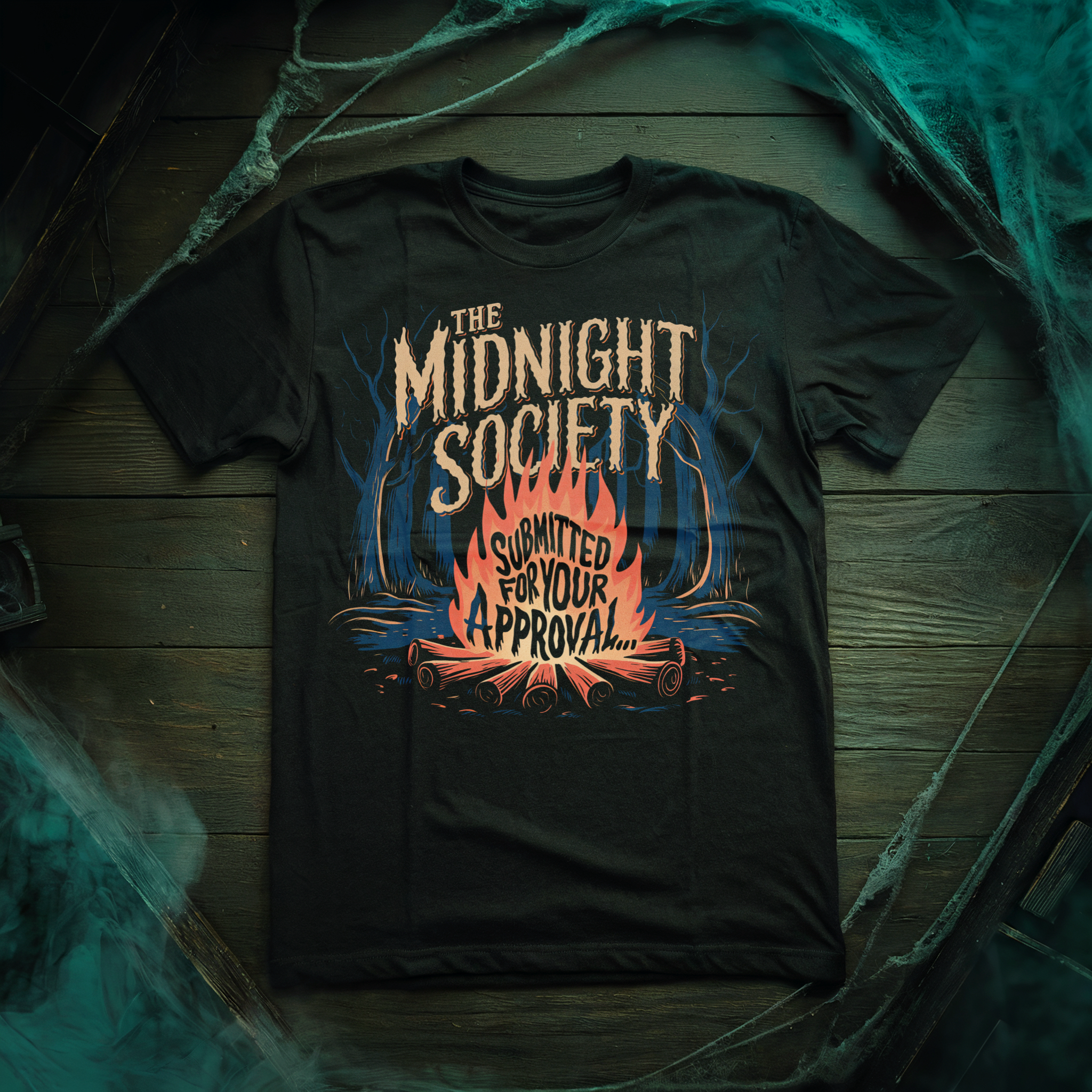Another holiday is coming up, which means Hulu’s Into The Dark must therefore ruin it. The tenth installment in the horror anthology series centers around the Fourth of July, or Independence Day, but from an outsider’s perspective. Culture Shock is a dark depiction of a very real problem happening at the US / Mexican border. To handle such a subject, it would only make sense that someone of Mexican heritage would be in the director’s chair. There might be some who say that Gigi Saul Guerrero has no right to lampoon America’s favorite holiday, being a Mexican living in Canada, but she definitely has the resume to qualify as boasted by her work on 2017’s La Quinceañera.
Marisol, a young Mexican woman, is trying to cross over the border, in search of a better life. Her first attempt was a disaster; she headed North with a man she thought she trusted, but ended up being left behind by the coyote (someone who is responsible for smuggling migrants over the border), broke and pregnant. But Marisol is still determined to make it over, even if she is carrying some extra weight this time around.
![hulu into the dark culture shock 2019 mexico border [Cinepocalypse 2019 Review] Wake Up To the American Nightmare in INTO THE DARK: CULTURE SHOCK 10 hulu into the dark culture shock 2019 mexico border](https://nofspodcast.com/wp-content/uploads/2019/06/hulu-into-the-dark-culture-shock-2019-mexico-border.jpg)
Spending the last of her money, she enlists the help of the same coyote who abandoned her the first time. This time, she travels with a tattooed killer-for-hire with a heart of gold and a young Guatemalan boy posing as a Mexican. It’s a treacherous journey. Marisol has to deal with the greedy coyote’s extra fees, the advances of creepy men, and her painful contractions—but things take a turn for the worst when the murderous cartel show up near the border. Marisol and her companions are forced to make a mad dash to the border, where they are stopped by US security.
Marisol wakes up in a bedroom, with no memory of how she got there. She’s dressed in a colorful dress, and no longer pregnant. Disoriented, she walks into the kitchen, and meets the blonde American housewife Betty (played by Barbara Crampton!), who tells her that while she was out, she gave birth to a baby girl. Marisol is shocked when she realizes she too can speak English, having never been able to before. Betty gives Marisol a tour of their small town. Other Mexican immigrants are living there, all of them wearing bright dresses, or cardigans and khakis, and sporting big grins. They too all speak in only English. They congregate in the town center to set up for the Fourth of the July celebration, led by the town mayor (played by Shawn Ashmore, most known for playing Iceman in the X-Men movies).
![culture shock into the dark 2019 barbara crampton [Cinepocalypse 2019 Review] Wake Up To the American Nightmare in INTO THE DARK: CULTURE SHOCK 11 culture shock into the dark 2019 barbara crampton](https://nofspodcast.com/wp-content/uploads/2019/06/culture-shock-into-the-dark-2019-barbara-crampton.jpg)
Everything seems too perfect to possibly be true. Marisol repeatedly wakes up in the same bedroom every day, wearing a different colored dress, with no memory of getting there. Her companions don’t seem to recognize her and give off a culty brainwashed vibe. And Betty will not let Marisol touch her own baby. Only Marisol seems to be aware that something is horribly wrong with her environment. It’s no longer the land of opportunity and freedom she dreamed of in Mexico and she chooses to escape, after risking everything to get there.
The first act of Culture Shock is terrifying because the trouble Marisol endures is very close to the reality so many Mexican migrants experience when crossing the border. There’s such a contrast between the aesthetic of the scenes set in Mexico and in the United States, you could swear you’re watching two different movies. Mexico is dark and dilapidated, with lots of grays and browns, whereas in the small American town, everything is in pastel colors (not to mention practically every house is wrapped in American flags). Marisol waking up in America is very similar to Dorothy entering the Land of Oz for the first time, down to her brightly colored slippers. It all depends on which world you prefer: a desolate, hopeless place where you at least know where you stand, or a fantasy land where everything seems fake.
Martha Higareda has already proved she can act fluently in both Spanish and English in Netflix’s Altered Carbon. As the main protagonist, she had a lot thrown at her, including some uncomfortable, sexually violent scenes, but she’s able to drive the action and have the audience rooting for her every step of the way. I was overjoyed to see legendary horror actress Barbara Crampton in a pivotal role, not just making a cameo. Her wide-eyed expressions and lipsticked smile are so unsettling it makes your skin crawl. Creed Batton (from the Office) also makes an appearance as the head villain, though that’s all I can say about his role because I don’t want to spoil too much.
The politics are pretty heavy in Culture Shock. It’s a product of the horrorshow that is the current political climate in the United States. The narrative is established in Fox News-esque reports in the opening credits, along with a read-out of an actual tweet by You-Know-Who, the true villain behind the scenes. As I mentioned above, the horror in this episode is psychological, in its representation of reality and in the unnerving feeling of the false paradise.
I’m very fascinated by the concept of “Post-Trump Horror.” Some examples being The Purge: Election Year and Season 7 of American Horror Story. I would say that Culture Shock fits this category perfectly, and we can expect to see more films and series based on these concepts, as long as America continues on its path of cruel treatment toward their Southern neighbors.
Culture Shock had a special presentation on Wednesday, June 19th at the 2019 edition of the Cinepocalypse Film Festival. It will be viewable on Hulu on, you guessed it, July 4th. Let us know what you thought of Culture Shock, and all the other Into The Dark segments over on Twitter, in the official Nightmare on Film Street SubReddit, and on Facebook in the Horror Movie Fiend Club!









